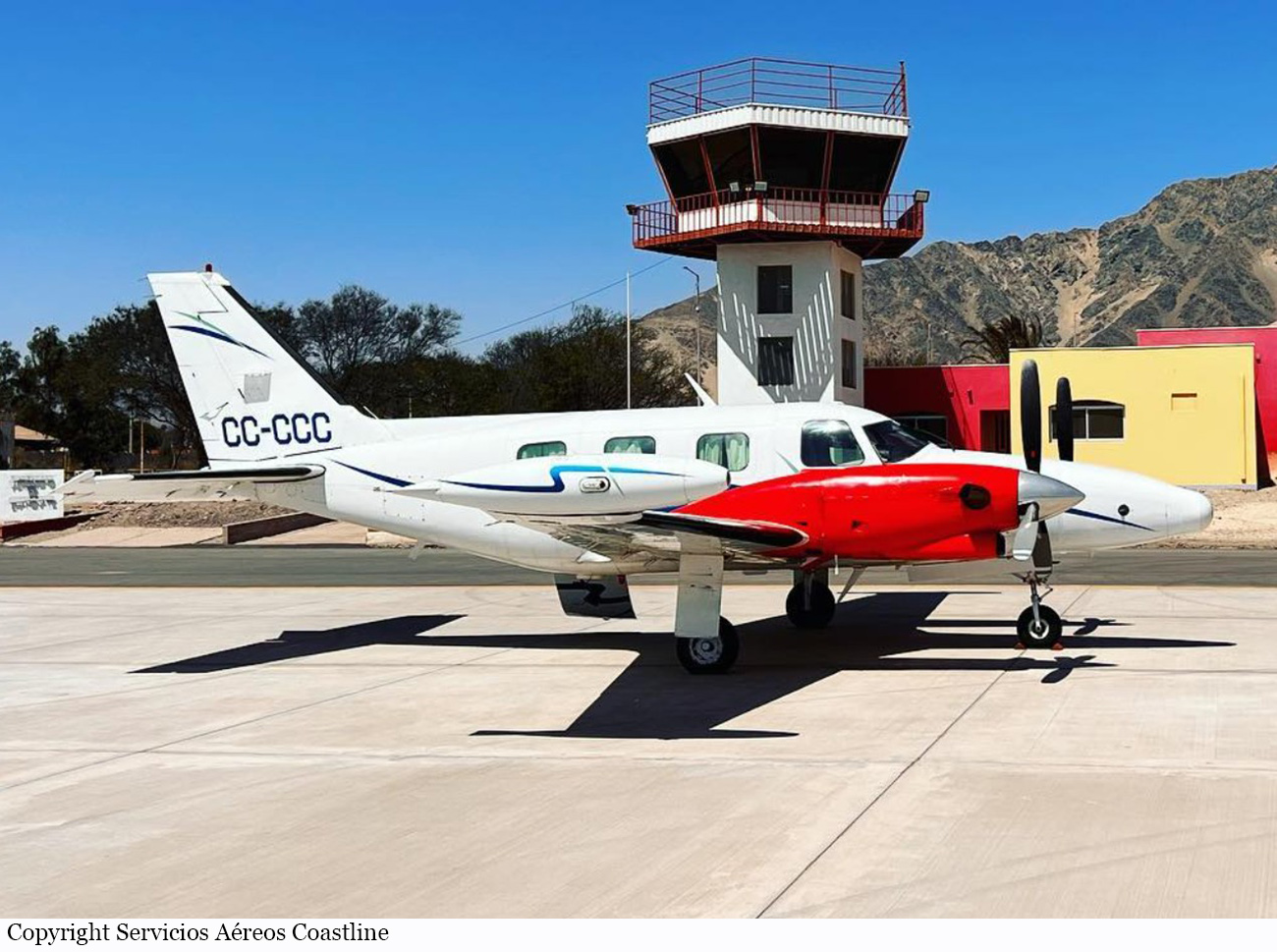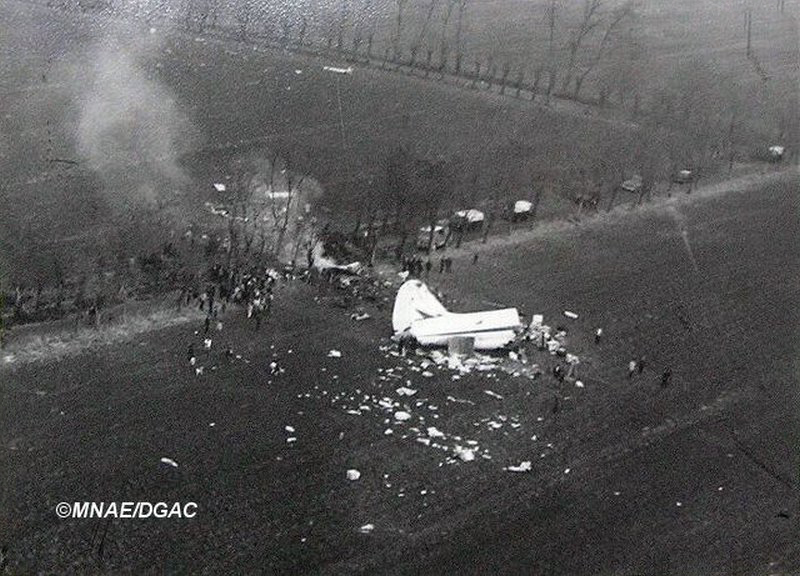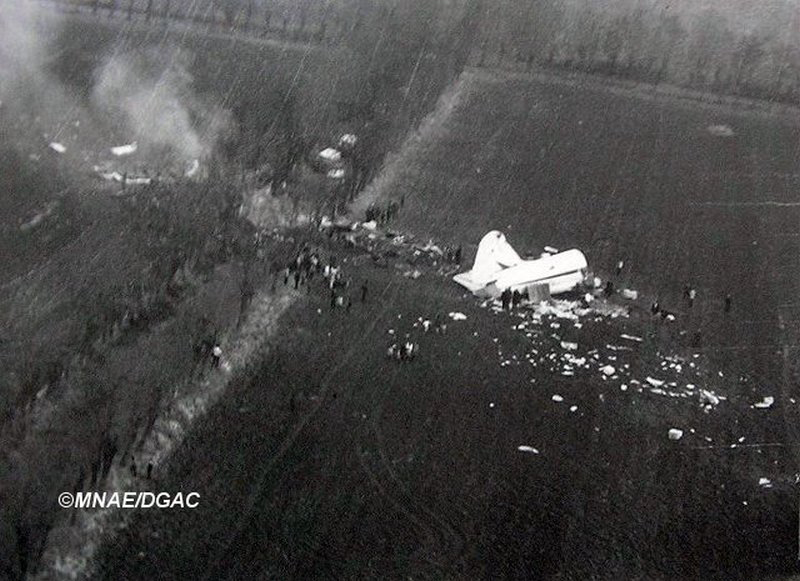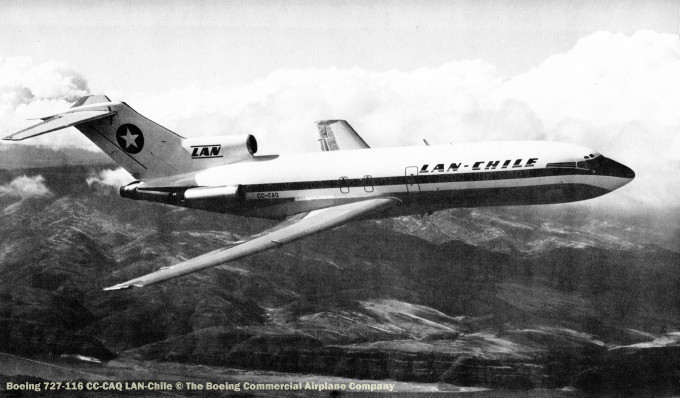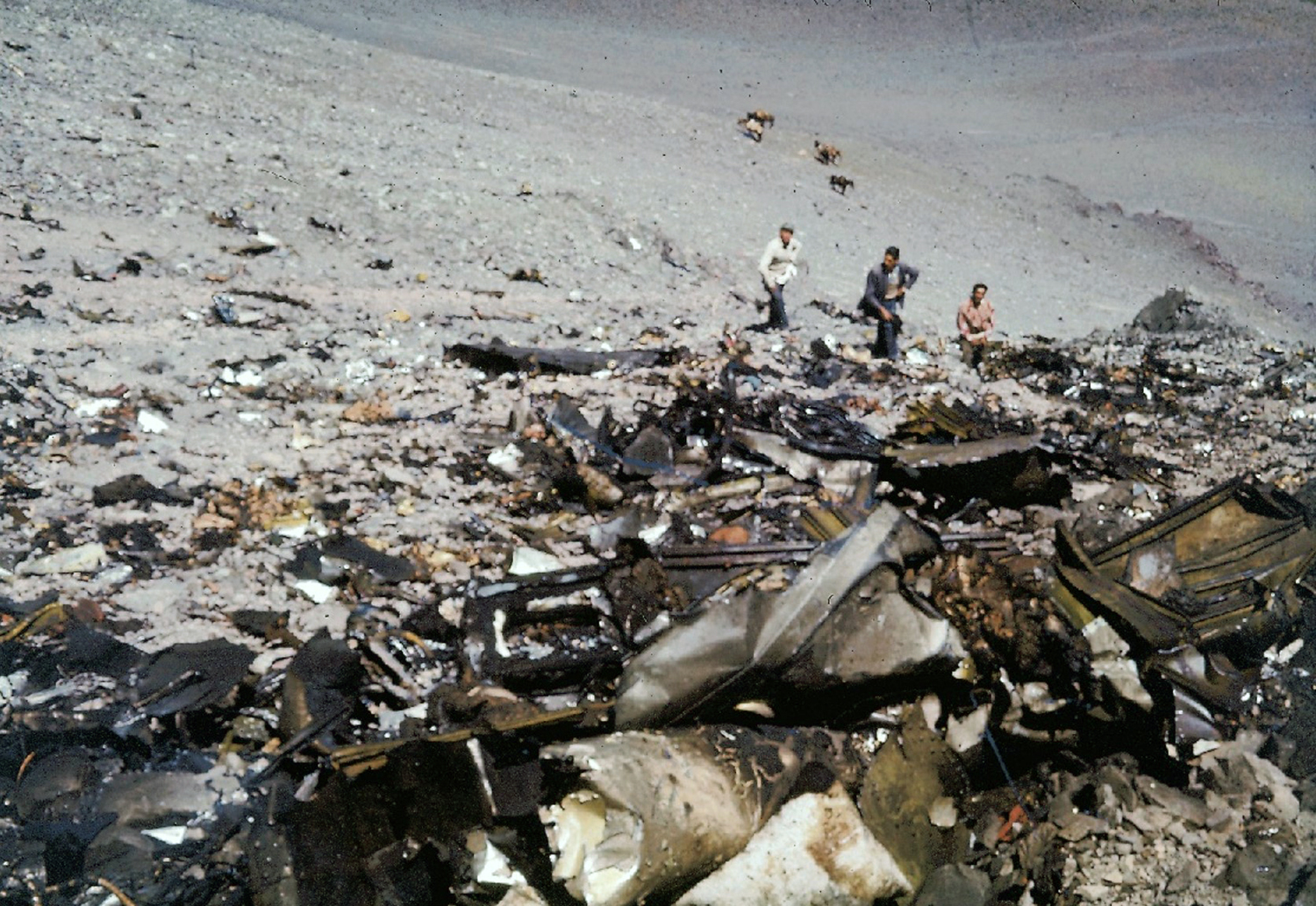Crash of a Piper PA-31T Cheyenne II near Curacaví: 6 killed
Date & Time:
May 7, 2025 at 1929 LT
Registration:
CC-CCC
Survivors:
No
Schedule:
Santiago - Arica
MSN:
31-7920082
YOM:
1979
Crew on board:
2
Crew fatalities:
Pax on board:
4
Pax fatalities:
Other fatalities:
Total fatalities:
6
Circumstances:
The twin engine airplane departed Santiago-Comodoro Arturo Merino Benítez Airport at 1916LT on an ambulance flight to Arica. On board were one patient, three medics and two pilots. After departure, the airplane continued to the west then headed to the north and climbed to an altitude of 15,000 feet when the crew apparently encountered technical problems. About 13 minutes into the flight, the airplane impacted the slope of a mountain near Curacaví. The wreckage was spotted by the crew of a Chilean Air Force Black Hawk the following afternoon. The airplane was totally destroyed and all six occupants were killed.
